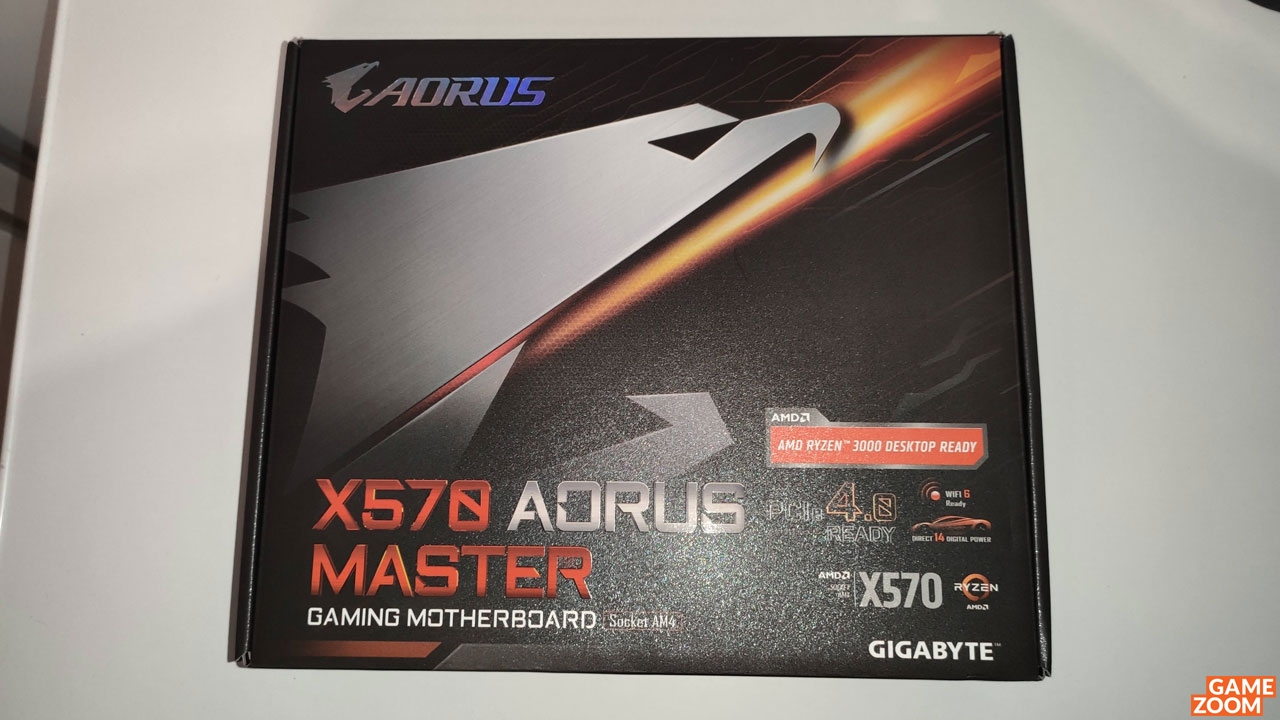
Alle Ergebnisse
Inhalt
Fakten
Hersteller
Gigabyte
Release
Anfang Juli 2019
Produkt
Mainboard
Preis
394 Euro
Webseite
Media (16)
















 Über Aorus
Über Aorus
Inhalt
Kommentar schreiben